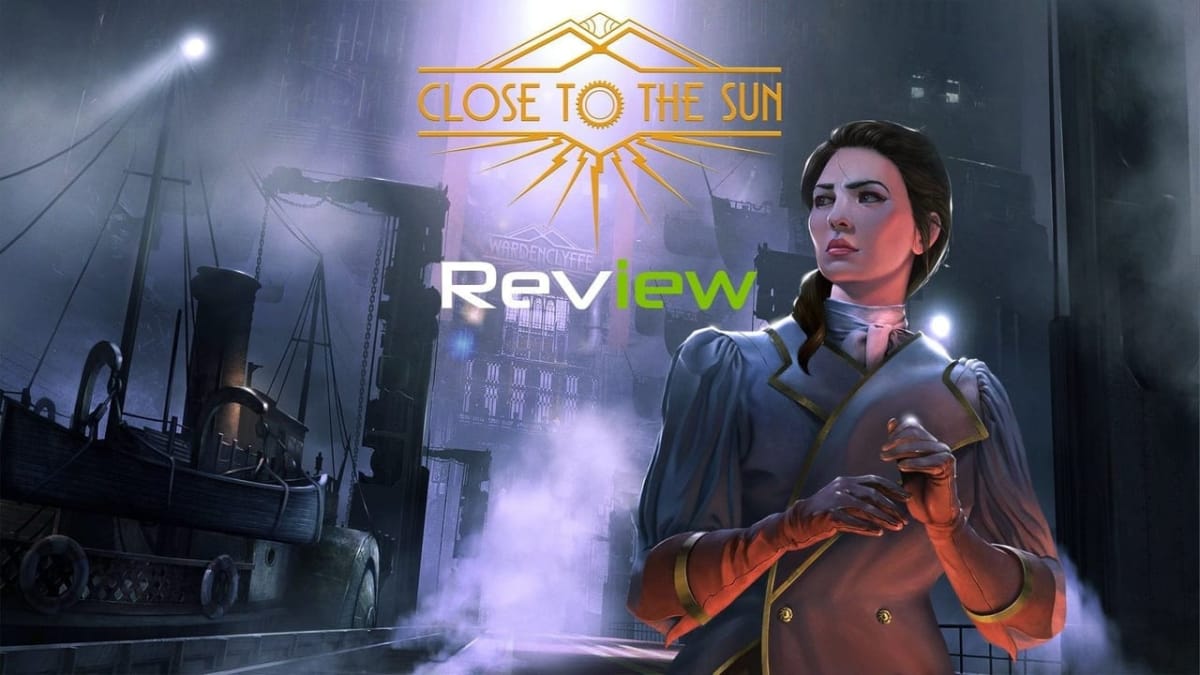As a longtime Thief player and a big fan of Amnesia, I hold high expectations for first-person immersive horror experiences. In Close to the Sun, Storm in a Teacup has made a first-person horror adventure that fails to realize its potential. Plot points and environments are shallow and cheap. Each time there is potential for suspense or dread, it is quickly squandered. Blood, gore, and jump scares are present with no immersive horror atmosphere to back them up. Horror tropes are included as if the developers were making a checklist. This is a frozen TV-dinner first-person horror experience: shallow, ready-made, and derivative.
False Facade
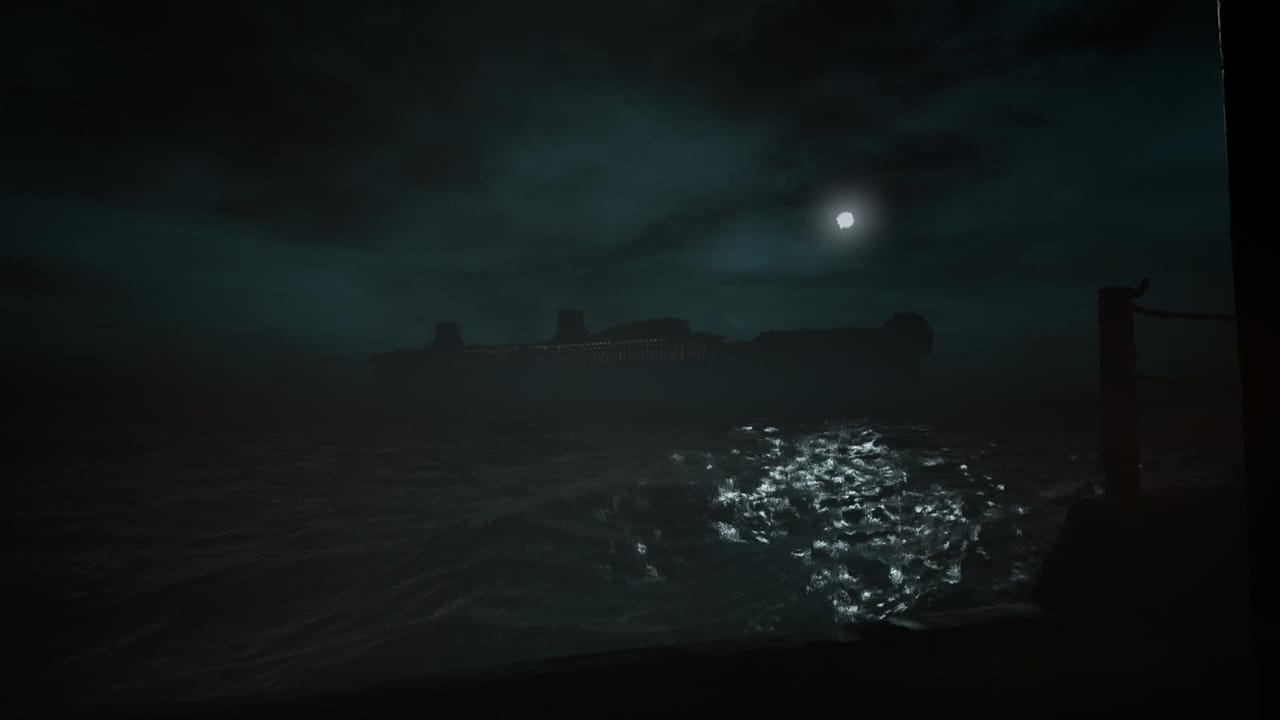
Close to the Sun’s setup places the player behind the eyes of Rose, a journalist. This protagonist is one of the few positive parts of Close to the Sun. Her voice actor gives a solid performance as a protagonist who’s driven by curiosity. There is also a small story thread involving a phrase Rose says to herself in moments of panic that’s nicely implemented, and she'll fidget with her hands or stretch her arms if you've been idle—a neat effect.
Rose has been invited by her sister, Ada, to come aboard the Helios, a gigantic ship run by Nikola Tesla and his Wardenclyffe company. Within it, scientists from around the world are conducting research into time, weaponry, and other fields. The ship is like a city. However, given the game’s canned nature, you’re never able to explore it, and you don't get a sense of it as an immersive place.
Nonetheless, I was given a good first impression. The production values are high. You begin in a small boat that’s docked near the Helios. The details, from the leather sofa chairs to the wall lights and to the wood paneling, are impressive. The view you have of the ship and the night sky behind it is majestic and ominous. Fog sits over the ocean. Graphics aren’t everything, obviously, but when a game’s overall aesthetic pulls you in once you start it your expectations are raised. I love the look of Close to the Sun.
Once you enter the Helios, you discover that something has gone wrong and almost everyone in the place is dead. Right after this moment, it also became clear that the gameplay was not going to be as rich as the visuals. The initial impression fell apart.
Close to the Sun’s has a couple crutches: jump scares and gore. These, are on their own, are fine horror elements. They can be interwoven into horror games such that they strengthen an atmosphere of dread. But Close to the Sun only has these auxiliaries. Here lies the point: any successful horror game needs, first, a strong atmosphere. Whether it’s specifically one of dread, per se, is not necessary, but there needs to be a thick, immersive, well-crafted atmosphere. In Close to the Sun, there is not one.
Minor Issues
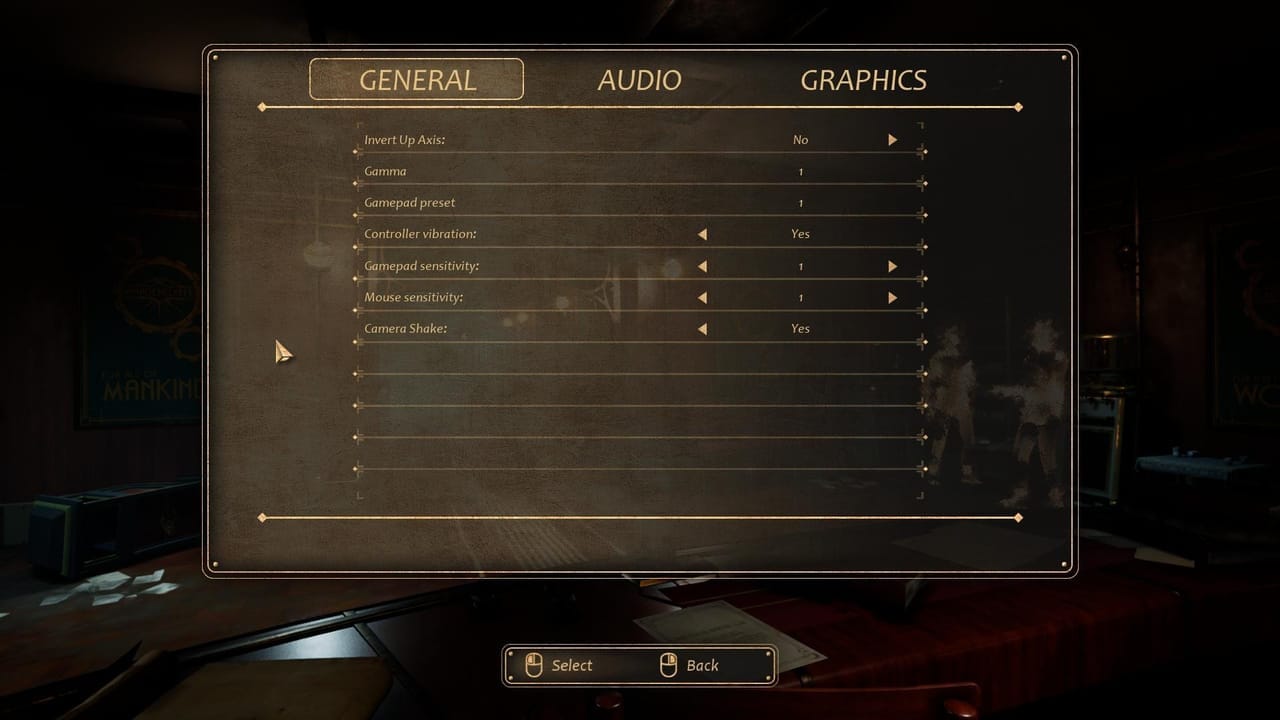
Before exploring this major issue, I will note a few minor ones. You cannot rebind the keys, which is very inconvenient for left-handed mouse users like me. There is also no screen where you can see the key bindings for the keyboard and mouse as they are. Granted, you can figure out that the WASD keys move and the mouse is used to look around and interact, but it’d be nice to access a screen laying out the keys and what they do. I’ve discovered only now, after finishing the game, that there’s a key for an objective and inventory screen. Knowing that while playing would have helped. This button is listed on a screen for the Xbox gamepad, suggesting that the developers assume you will use that instead. As of now, this is a PC exclusive with virtually no acknowledgment of its keyboard and mouse control.
There were also a couple of in-game moments where I respawned at a place I had not been to. In one room, you must dodge the cycling electric blast of a big machine. It zapped me while I walked on the balcony, but I respawned on the floor below. This happened once again later. I also got stuck at one point, near a large potted plant, and had to reload the last checkpoint. This only happened once and can occur in the best of games, and so here I note it as a nitpick.
Many of the plot points are predictable. I won’t spoil them here, but at two major moments, I knew exactly what was going to happen. In each case, it concerned one of the main character’s story arcs. There were also some silly moments in the story. At one point, Rose’s sister Ada asks her to locate and secure her research notes. Ada gives Rose a riddle as to the note’s location and says, “have fun!” In a dire situation like the one these two sisters find themselves in, and given the extreme importance placed on these research notes in the story, I don’t think Ada would be giving Rose a riddle about their location.
There is also an impressive effect that, curiously, is only used once. Soon into the games' second chapter a scene from the past is brought back to life as you walk through a large ballroom; it's part of a subplot on ghosts from the past coming back. There could have been at least one other area that such a grand scene was brought back to life in. It's disappointing what could have been an intriguing part of the experience is used only once.
Shallow Atmosphere
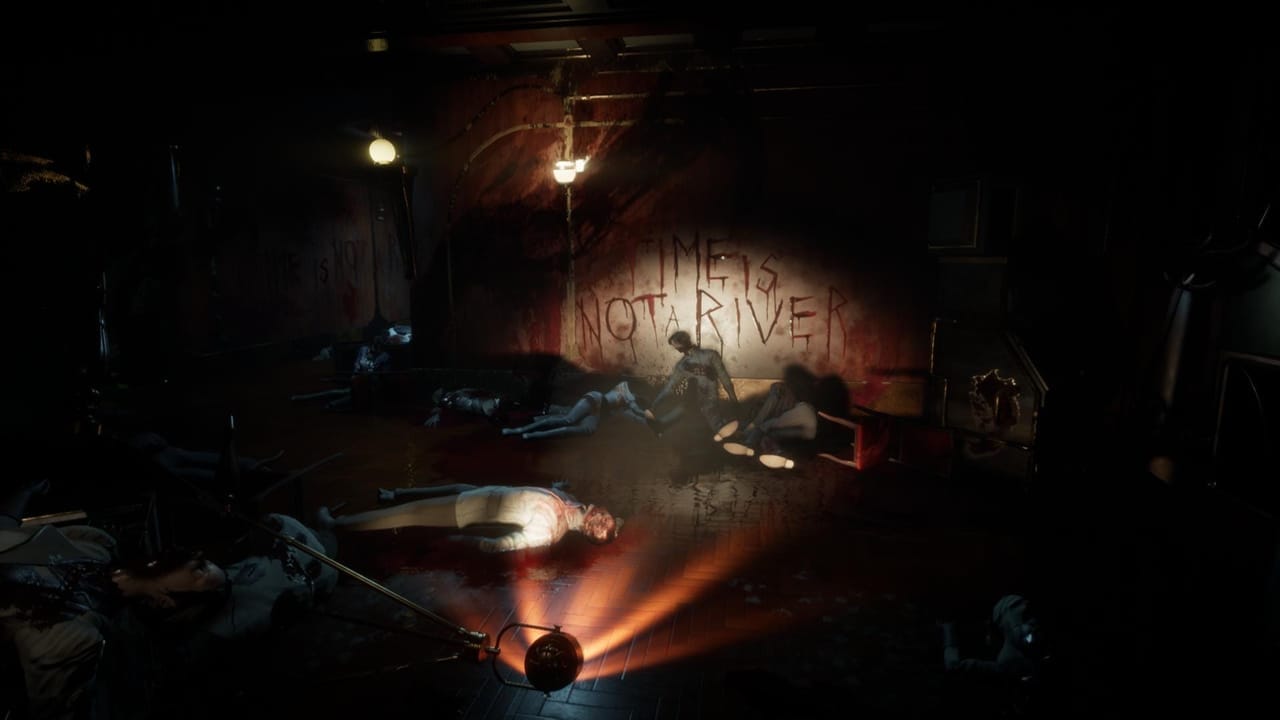
The greatest shortcoming, as noted above, is that there is no sense of a world to explore. The Helios divides into small, tight chapters, through which there is essentially one obvious path. The first chapter of the game allows you to walk through office areas on the player’s left and right. This is a minimal amount of exploration. But most doors are shut and the path forward to the next chapter comes quick and easy.
From then on, you are quickly moving through canned environments. It looks like there’s a gameworld present. You enter a living area – apartments – and see several doors and hallways. But you cannot enter most of them. This is true through the rest of the game. Doors are locked or you can’t interact with them at all. Pathways are artificially blocked. Meanwhile, narrative bits are fed to you. Rather than letting the Helios be a mystery for the player to solve, it is a simple bit of fiction quickly and easily explained to the player. It seems like the developers wanted to get players through their experience as quickly and cleanly as possible, and were checking off all the items on the first-person horror list just to get them in.
Part of effective atmosphere craft is suspense. Close to the Sun contains two antagonists that are both poorly implemented. The first of them is a serial killer. Somehow a Jack-the-Ripper kind of character, named Ludwig, made it onto the Helios. According to a letter you read in his room, scientific research is apparently making him less likely to murder women. When things went kaput, so did he, and now he’s back to running about with a dagger. This is another potentially terrifying narrative element that, here, is flat.
Ludwig needs more character development. There should be more journal entries or letters that reference him. Had he attempted murder while on board before disaster struck? Did other crew members experience difficulties or discomfort with him? Ludwig also knows your character’s name – Rose – and has some specific obsession with killing her. There is more to Ludwig but it is never satisfactorily developed.
In one of the apartments in the Helios’ living area, you enter the room of an investigator. There’s an exchange you can read and pictures stuck on a bulletin board that hint at Ludwig’s crimes and this investigator’s quest to get him. This is the only time his character is really explored, and not much at that. Ludwig is just a serial killer for the sake of having one - he's conveniently plopped aboard the Helios with no compelling backstory or suspenseful introduction. Any suggestions that he holds more depth are hardly explored and poorly incorporated.
Plastic Monsters, Pop-Up Theater
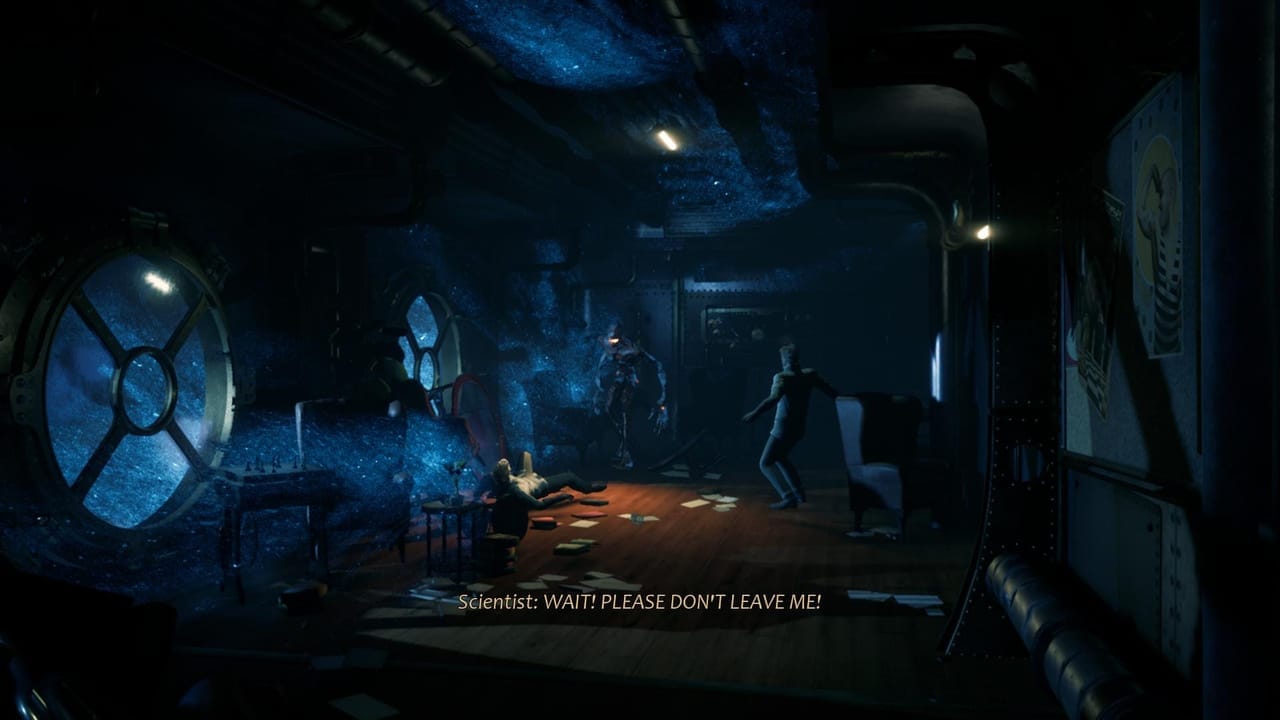
In addition to Ludwig, there are Close to the Sun’s monsters. At one point via radio communication, Ada notes that “things” invaded the Helios as a result of temporal experiments. Soon after this, Rose, speaking to herself, wonders what could be committing all the killings onboard, since one crazed murderer couldn’t be doing it all. She even thinks aloud to herself, “I’m still missing something.” Rose, then, has forgotten the “things” her sister just mentioned. While Rose wonders this, distant growls and bloody footprints are the only effective buildups towards the monsters’ introduction.
After you flee the first of them you experience a cheap jump scare with another. Aubrey, a scientist with whom you're communicating, explains that these are temporal monsters. They’re like time’s antibodies, and the humans on the Helios are like the mess they must clean. Thus, any mystery surrounding them is quickly and simply wrapped up. There is no room left for wondering what these creatures may be or where they’ve come from, nor is their story memorable. These aren’t fiends from a parallel dimension, for instance. They are generic "time monsters" that kill anything that intrudes upon time. This point is never explored again and is dropped as quickly as it was brought up. No suspense, no mystery, no dread – no horror. These temporal beasts may as well be balloon animals.
As is, these monsters, like Ludwig, are present just so there can be monsters present. They are not clever or interesting, and they do not serve a purpose beyond being monsters. That’s all Close to the Sun gives you. Here are monsters, here is a serial killer, here is lots of blood and gore, and here’s something suddenly appearing to make you jump. There is no weight or character to it. Close to the Sun is filled with generic horror tropes but no successful characterization.
Close to the Sun’s plasticine narrative construction continues. One of the most beautifully looking areas is the Helios’ theater. This gigantic, lavish area is breathtaking, and I took screenshots galore. If only the designers had spared as little expense with establishing a sense of place as they did with making it look pretty. The beauty of the Helios’ theater is superficial. Paths are blocked by luggage, debris, and other objects. You leave the area as soon as you enter it. A story point reveals itself and you're on your way. As I gazed at the majesty of this area, I thought, “If only this were a Thief mission.” How much more alive this theater would have felt. Like with the rest of the Helios, there is not a world or place here. There is just scenery.
The Helios' theater has breathtaking visuals but feels limited and forgettable as a gamespace. Note the absurd blockading of pathways. I ached to explore every inch of this place and get a sense for it, but was denied. The theater, like the rest of the Helios' interiors, makes for a woefully unfulfilling experience.
A Couple Other Downsides
Contextless moments of shock horror also litter the game. Soon after the fleeting kiss with the theater, you must enter an elevator that has a crucified body in it. On its own, that’s creepy, but such a spectacle needs more behind it for it to be truly horrifying. Thus far in the game, only two antagonists would have done this: Ludwig the killer or one of the temporal beasts. If the latter, why would they have crucified this body? Thus far, they quickly kill their victims with their claws and have no reason to make spectacles of corpses. If the former, it becomes absurd that Ludwig is able to traverse the Helios so easily and kill so many people. No one has been able to stop him? And why would he crucify this body?
Such a sight would have had more meaning behind it if there was another plot thread. In the waning hours of the Helios’ operation, crew members began to go insane and kill each other, maybe. As is, this display can only stand on its own as a scary sight. There is no narrative context to buttress it. It even turns into a joke. Rose speaks to Aubrey and essentially says, “Ugh, there’s a body crucified in this elevator,” to which Aubrey essentially responds, “Oh well, it’s the only elevator here, sorry!” Close to the Sun fails to realize in-depth horror at the same time it makes light of what horror it has.
Speaking of failing, there are the chase sequences. They’re like a first-person Crash Bandicoot sequence with all the on-the-fly guesswork and none of the fun. There’s not even a thrilling sense of dread as a horror games’ chases should have. Running from the monsters in Amnesia terrified me – I wanted to escape the game. This is because Amnesia’s monsters weave themselves into the environment. They have an air of mystery about them. This is the same for monsters in several other immersive horror games, Thief’s haunted missions included. In Close to the Sun, encounters with monsters are cleanly separated into their own segments. There is no suddenness or surprise when encountering them.
There are also lengthy death animations if you fail during a chase. When you experience Ludwig grabbing you and stabbing you several times, it’s slightly off-putting. However, any horror effect is lost once you’ve seen this dozens of times because, no matter how much you hammer the jump key, Rose refuses to jump over an obstacle in the way. Chases are another prime example of Close to the Sun’s failure. What could be a terrifying moment, interwoven into an immersive game environment, led up to by suspense, is instead just a cheap, canned thrill amidst set dressing.
Far From Shock
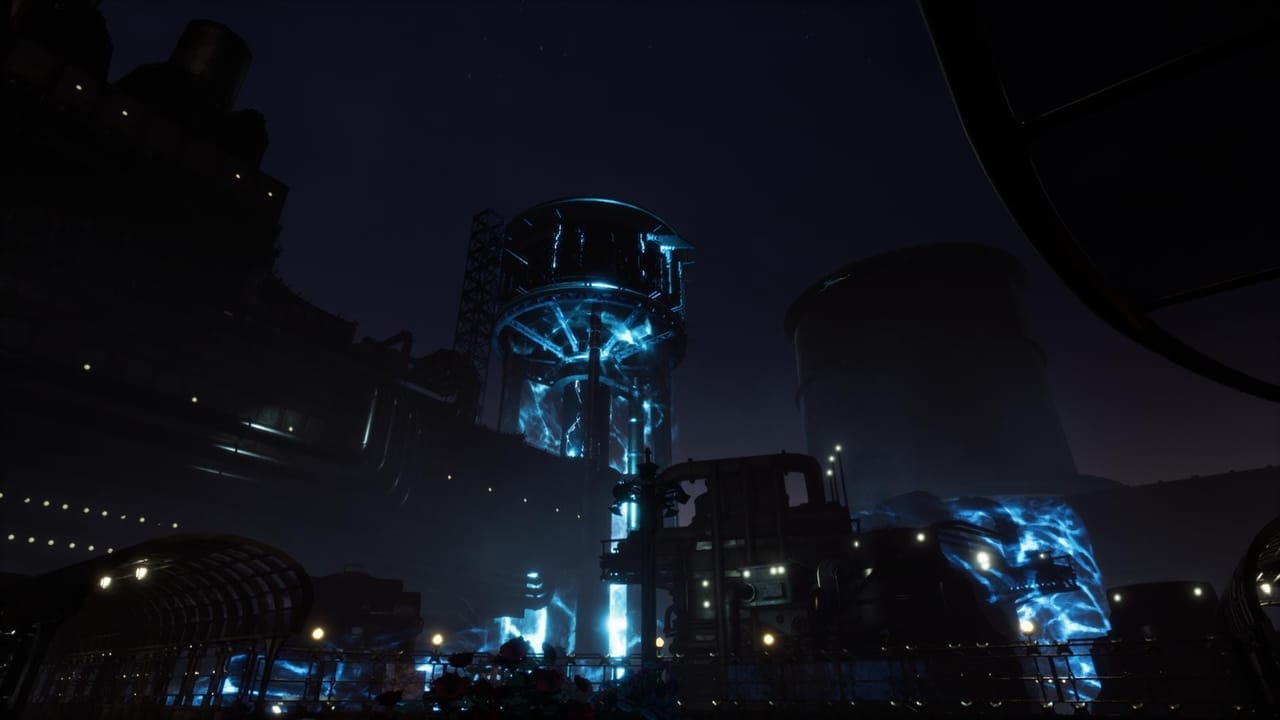
In this review I have alluded to Thief and Amnesia. Note that I am not wistfully wishing this game was like some of my favorites—these comparisons are appropriate. Close to the Sun is a first-person immersive horror adventure. The games I allude to come from that very design. When I experience something of a kind that’s far weaker than others of its kind, I can’t help but judge it more harshly.
One game I haven’t brought up is BioShock. At first glance, Close to the Sun looks like a BioShock clone. The art deco, the premise of the Helios and its scientific minds, the temporal experiments, and some specific story points in the game are straight out of BioShock and BioShock Infinite. Whether the developers were inspired or if this is only a coincidence is up for discussion. Close to the Sun’s publicly available fact sheet even bears the disclaimer that this game is not BioShock. The developers thus must be aware of the obvious parallels to that game series, but they are also correct. BioShock’s most impressive success was the creation of a world. You felt like you were in Rapture. You never have such a feeling in Close to the Sun.
Indeed, Close to the Sun is more like a title the developers list in the fact sheet as an inspiration: Outlast. Just like Outlast, Close to the Sun quickly squanders potential for immersive narrative design with cheap jump scares, shock horror, and a straight path through a shallow environment. If you placed this hollow, plastic game close to a candle, it would quickly melt.
TechRaptor reviewed Close to the Sun on PC via the Epic Games Store with a code provided by the publisher.
Review Summary
Pros
- High production values.
- Player-character Rose is a likeable protagonist.
Cons
- No convincing sense of place.
- Weak immersive and narrative elements.
- Lack of successful suspense and sense of dread.
- Cannot rebind keyboard and mouse controls or refer to the defaults in the menu.
Have a tip, or want to point out something we missed? Leave a Comment or e-mail us at tips@techraptor.net
